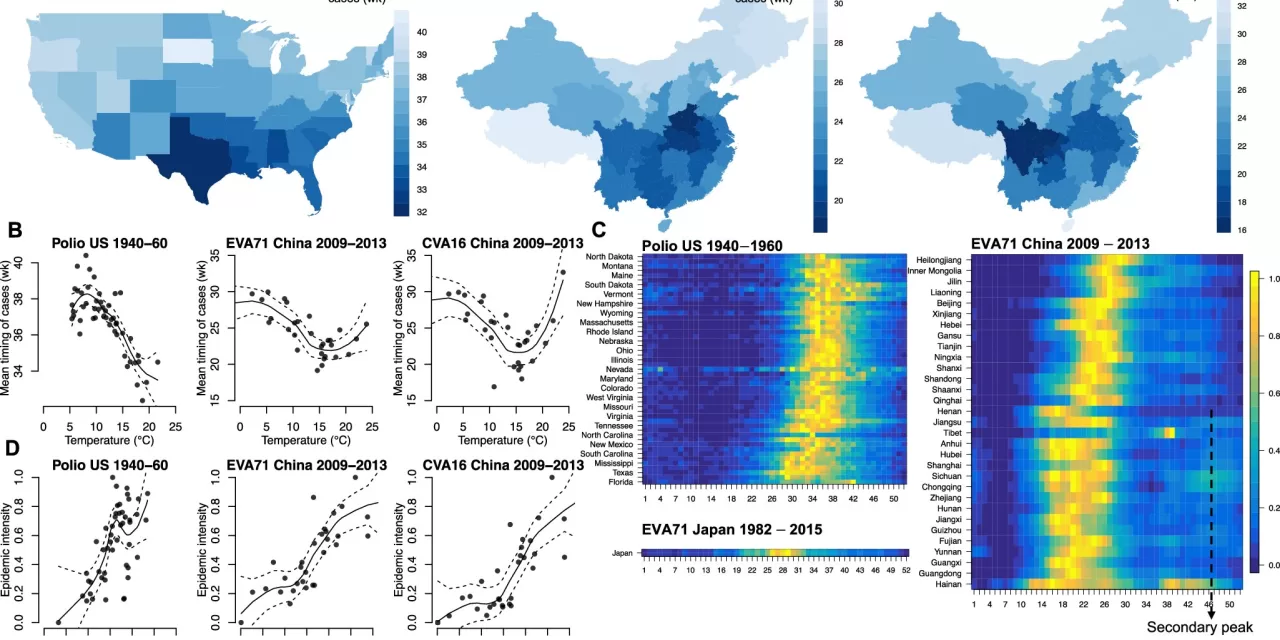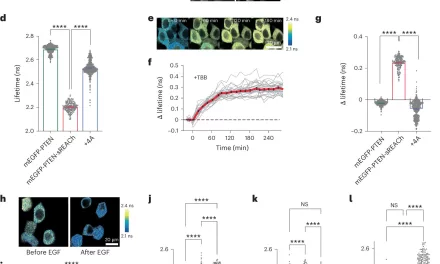A recent study published in Nature Communications reveals that climate change could exacerbate outbreaks of enteroviral diseases, including hand, foot, and mouth disease (HFMD) and historically significant polio. Researchers from Brown University, Princeton University, and Johns Hopkins University have identified how temperature and other climate variables impact the seasonal patterns of these diseases.
Hand, foot, and mouth disease, which primarily affects young children, and polio, a disease once common in the United States, both show peak incidences during the summer months. This study suggests that the drivers behind these seasonal patterns are more connected to climate factors than previously understood.
“We find that temperature increases enterovirus transmission, which has been observed for both historical cases of polio and contemporary HFMD,” said Rachel Baker, the lead author of the study and Assistant Professor of Climate and Health at Brown University.
Co-author Saki Takahashi, Assistant Professor of Epidemiology at Johns Hopkins University, highlighted that the study’s findings reveal a distinct spatial pattern: “In higher latitudes, HFMD outbreaks occur every two to three years, while in tropical regions, outbreaks happen twice a year. Our model effectively captures these large-scale patterns.”
The researchers used an epidemiological model to explore how temperature and school semesters influence the timing and frequency of outbreaks. Their analysis showed that in southern China, both temperature and school terms drive biannual HFMD outbreaks. In contrast, in more northern regions, temperature alone influences outbreak patterns.
Wenchang Yang, Associate Research Scholar of Geosciences at Princeton University, emphasized the significance of understanding the range of seasonal climate: “The variation in maximum and minimum temperatures is crucial for predicting future outbreak patterns.”
Using data from 14 different climate models, the study projects that climate change could potentially increase the peak size of enterovirus outbreaks by up to 40%. However, the extent of these effects varies by location and climate model.
Gabriel Vecchi, Director of the High Meadows Environmental Institute at Princeton University, noted, “Our findings underscore the need to better understand the impact of climate variability on disease dynamics.”
The researchers call for improved surveillance and serological surveys to monitor enterovirus circulation and track how climate change might influence future outbreaks.
For more details, refer to the study: Rachel E. Baker et al., “Increasing intensity of enterovirus outbreaks projected with climate change,” Nature Communications (2024). DOI: 10.1038/s41467-024-50936-3.
Journal Information: Nature Communications












